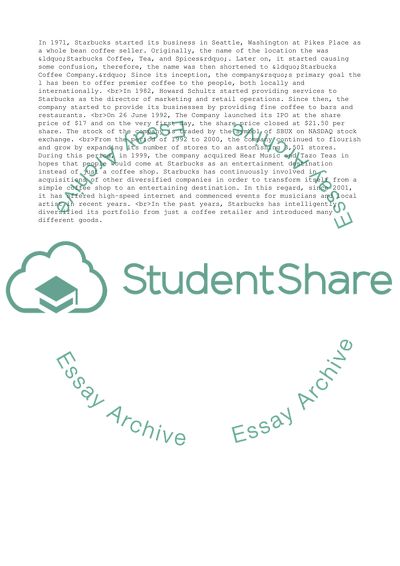Cite this document
(Starbucks Corporation - International Segment Case Study - 12, n.d.)
Starbucks Corporation - International Segment Case Study - 12. Retrieved from https://studentshare.org/business/1789333-strategic-management
Starbucks Corporation - International Segment Case Study - 12. Retrieved from https://studentshare.org/business/1789333-strategic-management
(Starbucks Corporation - International Segment Case Study - 12)
Starbucks Corporation - International Segment Case Study - 12. https://studentshare.org/business/1789333-strategic-management.
Starbucks Corporation - International Segment Case Study - 12. https://studentshare.org/business/1789333-strategic-management.
“Starbucks Corporation - International Segment Case Study - 12”, n.d. https://studentshare.org/business/1789333-strategic-management.


